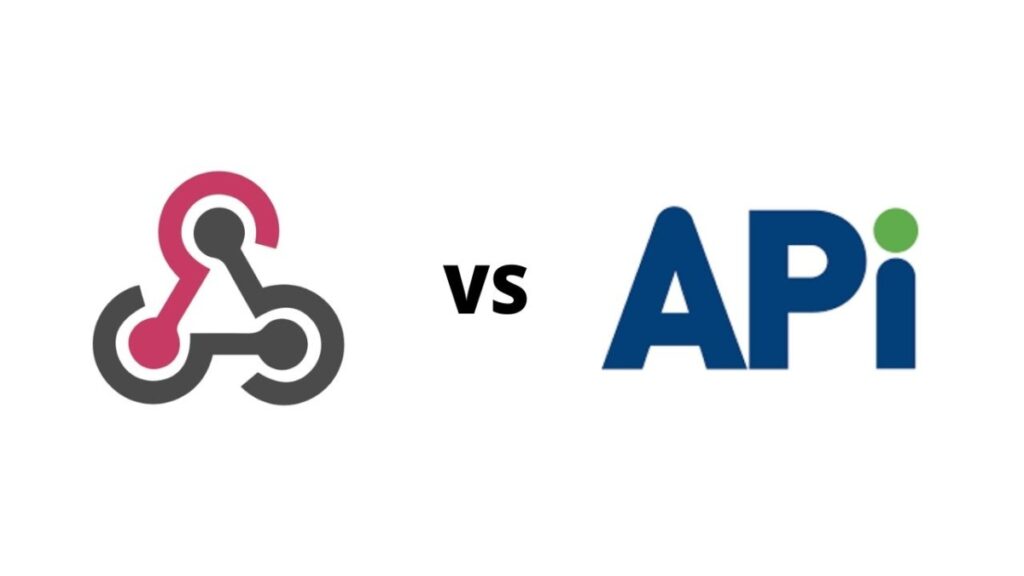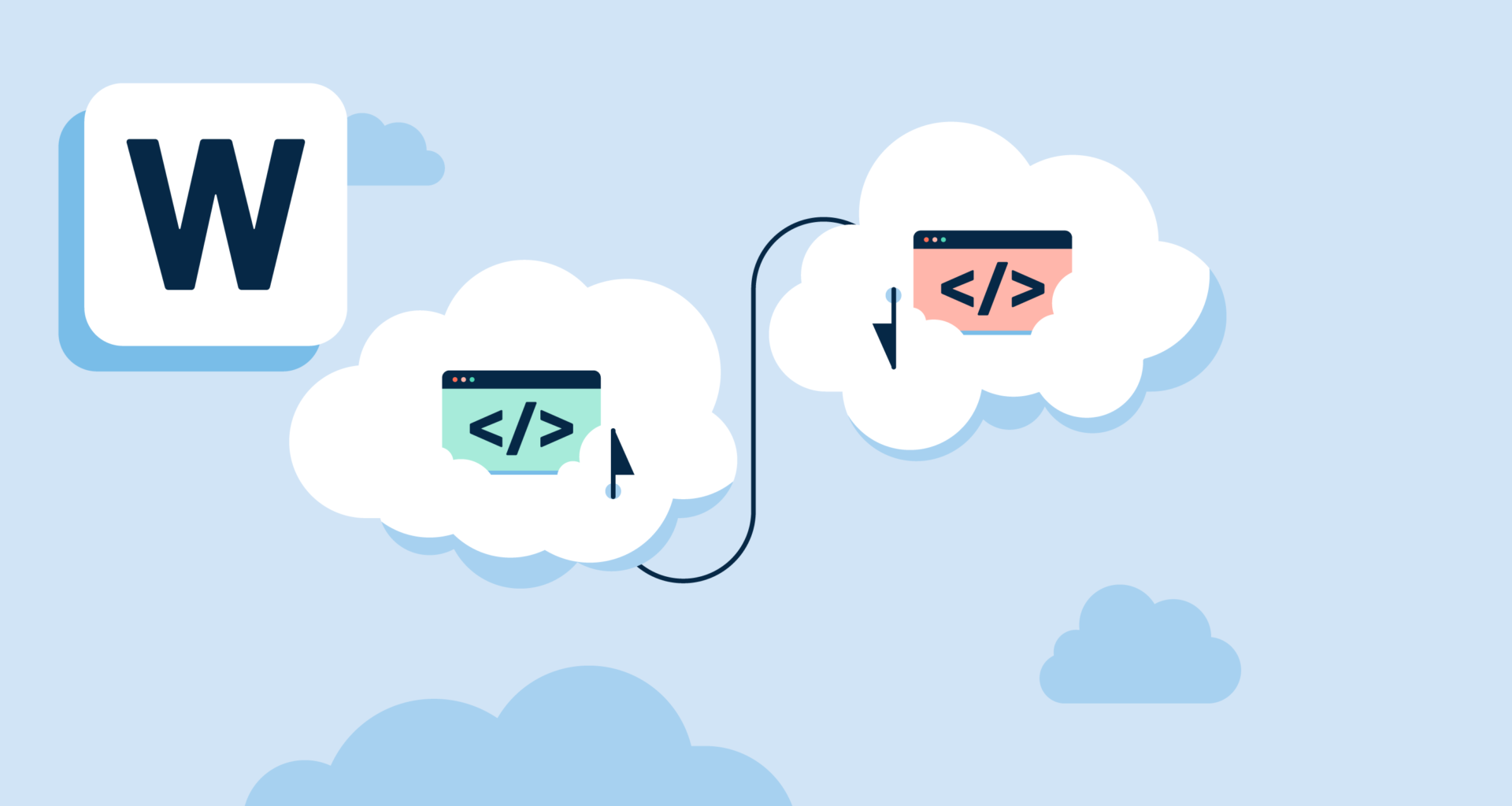What are Webhooks?
Applications need to communicate with each other frequently, whether it’s about a new user, a transaction, or an activity. To facilitate this communication efficiently, Webhooks provide a solution. A Webhook is an HTTP-based callback function that enables real-time application interaction, automating tasks and enhancing efficiency. When a specific event occurs in the source application, a Webhook sends a message to the destination application, eliminating the need for constant polling.

Webhooks operate by automatically notifying the destination application as soon as an event occurs in the source application. This notification typically includes a payload of data with details about the event. Using Webhooks, applications can achieve seamless, automated communication, ensuring timely updates and actions.
When to use Webhooks
A Webhook is an excellent tool for enabling communication across applications. However, there are other options. How do you know when to use a Webhook? Below are some scenarios that would require a Webhook:
- Event-driven architecture
Systems or applications whose actions are triggered by a specific event will benefit from using Webhooks as they can provide immediate responses to events.
- Real-time updates/communication
Webhooks are the perfect option for scenarios where real-time updates or notifications are needed. One that quickly comes to mind is the transaction notifications from various banks.
- Resource management
Webhooks are great for systems where some resources need to be managed. Using them greatly reduces the need for polling APIs, saves bandwidth, and reduces load on both client and server.
Types of Webhooks
There are mainly two types of Webhooks, catering to specific needs:
- Push Webhooks are the most common type of Webhook. In this type, the source application actively pushes data to the receiving application when an event occurs.
- Pull Webhooks: The receiving application periodically checks for updates from the source.
Some other types of Webhooks include:
- Subscription Webhooks: This type of Webhook is designed for recurring updates, keeping users informed without needing to check manually.
- Single-use Webhooks: These are one-time notifications. They are ideal for situations where users only need to be informed once, like a confirmation email after a password reset or an alert when a document upload is complete.
Differences between Webhooks and APIs
Both APIs and Webhooks enable dialogue between applications. However, their operational dynamics are different. APIs are request-driven, while Webhooks are event-driven.
This means that APIs operate on a request-response model, requiring the source application to initiate a request each time it seeks data from another service. This method requires active effort to obtain updates.

Webhooks embody efficiency as they are automated and proactive. Once an event occurs in the source application, Webhooks proactively push this information to the target application without any prompt.
|
|
Webhooks
|
APIs
|
|
Communication triggers
|
Event-driven with no polling necessary.
|
Request-driven with a need for polling.
|
|
Use cases
|
Real-time notifications like payments/transactions notifications.
|
Data exchange, and complex interactions between applications.
|
|
Speed
|
Automated is the faster option.
|
It requires the user or application to initiate the request, so it is slower.
|
|
Flexibility
|
Primarily designed for event-driven notifications and updates.
|
Versatile as it supports a wide range of functionalities, including CRUD operations.
|
Best practices to secure Webhooks
Security is essential to any development process, and Webhooks are not excluded. Here are some best practices to secure Webhooks:
- Authentication
Authenticate the Webhook connection between the receiver and the sender. This is necessary because, more often than not, Webhook endpoints are publicly available, which opens up vulnerabilities.
A common way to do this is to include an authentication token, which ensures that the Webhook is sent from and received by the intended parties.
- Encryption
Webhooks may contain sensitive user information, such as authentication tokens and user data. Therefore, ensuring that messages sent via Webhooks are encrypted is important. If messages sent via Webhooks are left plain and visible, users and their information may be susceptible to attackers who can use them to cause harm.
An effective and common method of encrypting Webhook messages is to use the secure HTTP protocol, HTTPS, instead of HTTP, which leaves messages plain and readable.
- Timestamps
Adding timestamps, particularly with hashed tokens or signatures, can ensure that a Webhook request is not resent maliciously. By checking the timestamp, outdated or replayed requests are also discarded.
A replay attack occurs when malicious attackers catch a legitimate request and resend it later. Using timestamps can significantly prevent this.
Conclusion
In this article, we have exhaustively explored Webhooks. We have learnt about them, why they are important, how to secure, test, and use them, and how they differ from APIs. Webhooks are important tools in the technological landscape, and they are responsible for many of the updates or notifications we get from various applications on our mobile phones.
Companies worldwide use Webhooks, including Remita. Our suite of APIs includes Webhooks for businesses. Get started by checking out our suite of APIs today!

